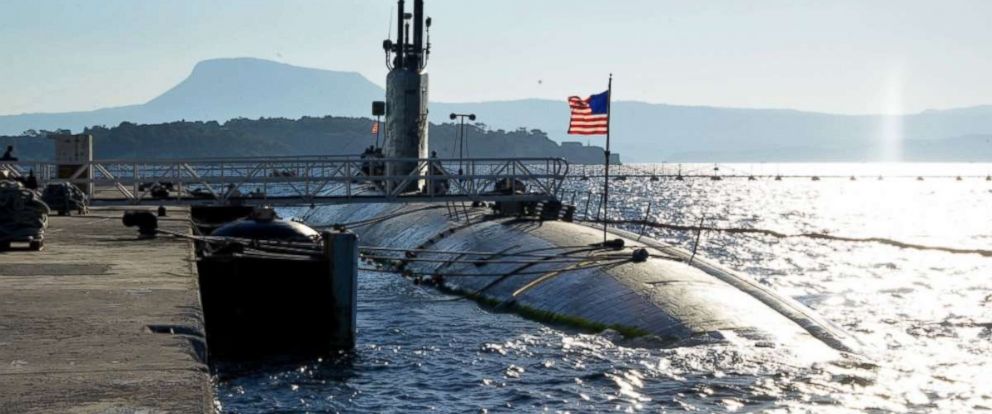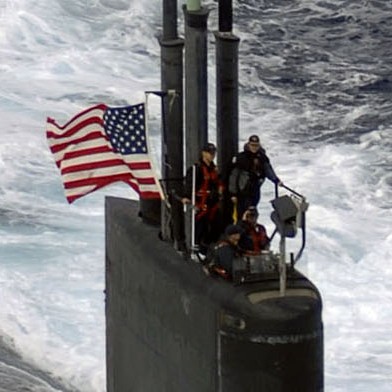Interesting topic. I was reading recently about the Royal Navy’s latest carrier, the HMS Elizabeth (obviously), which is due to take over as the Royal Navy’s Fleet Flagship. So the RN, at least, does designate a ‘top ship’, and uses it for visiting dignitaries. (As well as fighting stuff, clearly.)
This is the link you want. The one you gave is to an article about Group 9 which is several years out of date.
The Japanese commonly used light cruisers as DesRon flagships. US DesRon flagships were normally destroyers.
Unless things have changed there is no 1 star admiral. In the Navy it use to be a one star was a commodore. And use to be only a temporary rank.
Things have changed. They changed a long time ago. So long ago that they have changed more than once. For a brief period of time in the 80s, the Navy’s 1-star rank actually was “Commodore.” But now (and for a long time) Commodore is back to a temporary position—a billet—typically (note I said typically) associated with command of a squadron of ships. There is still a 1-star rank in the USN, but it is now fully styled as Rear Admiral (Lower Half).
When I was deployed with EODMU3 and EODMU6 back in 2011, they used the term “Commodore” as more as an ‘office’ as opposed to an actual rank. The “Commodore” of the EOD Group was a two-star admiral (IIRC). Is the term “Commodore” more along the lines of an honorific, like “Skipper?”
Tripler
I assume to be a “Commodore” (of any position) one must be a flag officer.
As noted above, U.S. Navy admirals commanding carrier battle groups typically sail aboard the carrier itself. Those become their flagships.
The Sixth and Seventh Fleets of the Navy have their own specialized command ships: USS Mount Whitney (LCC-20) - Wikipedia, USS Blue Ridge (LCC-19) - Wikipedia
During the Cold War, the Navy had specially-equipped command ships designated for the President’s use (and evacuation) afloat, if necessary: USS Northampton (CLC-1) - Wikipedia, USS Wright (CVL-49) - Wikipedia
The admiral commanding the British Pacific Fleet in the last year of WWII initially hoisted his flag aboard a tiny gunboat but, understandably enough, upgraded to a battleship at the first opportunity: HMS Tarantula - Wikipedia,
HMS Howe (32) - Wikipedia
ISTR that Japanese admirals during WWII sometimes had their flags aboard heavy or light cruisers and not necessarily carriers or battleships, even if the larger, more impressive warships were available at the time.
Not only IJN admirals. USN admiral Spruance often commanded 5th fleet from a cruiser.
Submarine squadrons are commanded by captains.
Also, carrier air wings (which are made up of squadrons) are commanded by captains.
Submarines don’t fly flags 
But’s it’s an interesting (and presumably American) use of the term “flag officer”, since the origin of the term comes from the use of the flag to indicate the command ship. On that usage, an officer commanding a squadron of submarines would be a flag officer by definition. regardless of rank.
That is not how the term “flag officer” is used in the US. Flag officer is used to refer to admirals and only admirals. To all admirals, in fact, regardless of whether they are in command of ships/subs/aircraft or just a staff. Captains holding the position of commodore over subordinate units are not flag officers. Not in the US Navy, anyway.
Well, not admirals’ flags, anyway (or at least, not typically).
Pantastic mentioned the sail frigate USS Constitution (a time-honored ship, but not a flagship) upthread. Here’s a great picture of her sailing for her 200th birthday in 1997: USS Constitution - Wikipedia
Yes. the Oyodo, a “modern” light cruiser built during WWII, was specifically sent back to be refit as the flagship for the entire Japanese combined fleet. Must have had special facilities onboard for that role.
/arc-anglerfish-arc2-prod-mco.s3.amazonaws.com/public/WLJ2ZBBJJBFPTLBFRV6VIOT6ZA.jpg)

